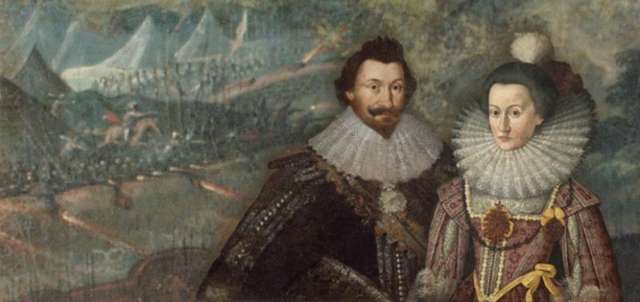A rich collection of portraits in the Museum of Warmia and Masuria allows to distinguish a group of images of representatives of the resident nobility, or nobility owning real estate in the broadly defined area of Morąg and Pasłęk.
After the collapse of the Teutonic state, these lands belonged to the Duchy of Prussia, and their part located to the west of the River Pasłęka was called Upper Prussia (Germ. Oberland). The exhibition, in addition to presenting the portraits of representatives of the families connected with the region (from XVI to XVIII century), also touches upon an interesting and much broader topic – the formation, development and significance of large estates on the aforementioned territory. This process had a different course in Oberland than on other, central and eastern Prussian lands.
The selection of portraits for the exhibition in Morąg has been conditioned by the exhibitions already existing in Morąg museum. It has been carried out without deteriorating the other topics presented on permanent exhibitions.
After the collapse of the Teutonic state, these lands belonged to the Duchy of Prussia, and their part located to the west of the River Pasłęka was called Upper Prussia (Germ. Oberland). The exhibition, in addition to presenting the portraits of representatives of the families connected with the region (from XVI to XVIII century), also touches upon an interesting and much broader topic – the formation, development and significance of large estates on the aforementioned territory. This process had a different course in Oberland than on other, central and eastern Prussian lands.
The selection of portraits for the exhibition in Morąg has been conditioned by the exhibitions already existing in Morąg museum. It has been carried out without deteriorating the other topics presented on permanent exhibitions.







